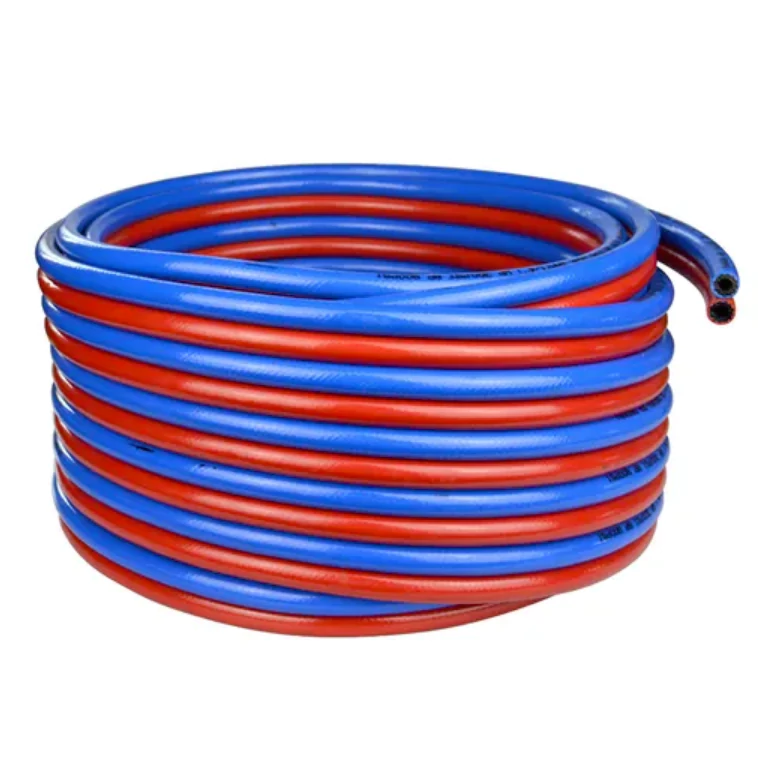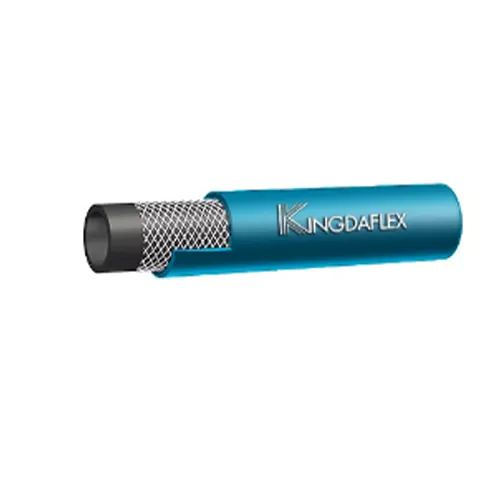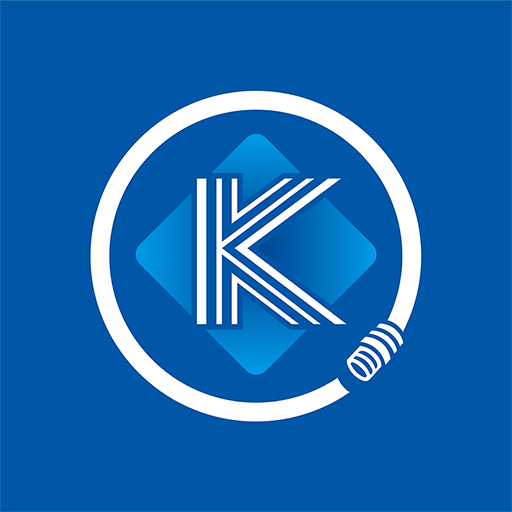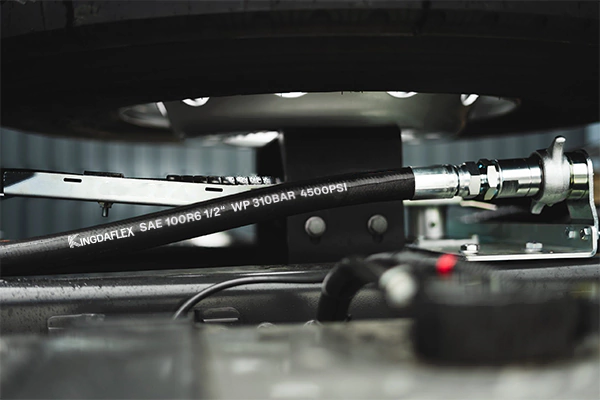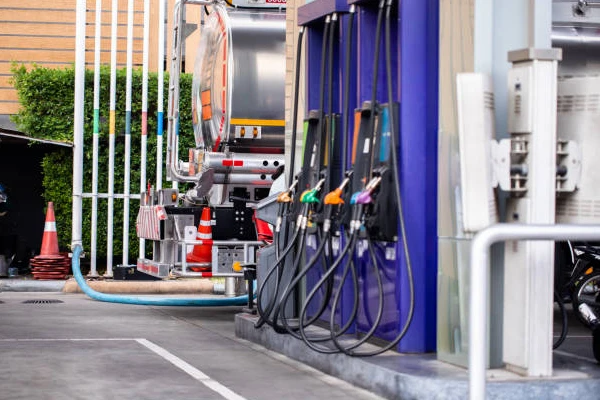When it comes to welding, using the right equipment is crucial for both safety and efficiency. A key component is the twin welding hose, which delivers fuel gas and oxygen to the torch. However, these hoses aren’t all the same; they come in different grades—Grade R, Grade T, and Grade RM—each designed for specific applications and types of fuel gases. Understanding these distinctions is vital for welders to ensure they’re using the correct hose for the job.
Choosing the appropriate twin welding hose grade is not just about performance; it’s a critical safety measure. For example, some gases can degrade certain hose materials, leading to leaks and potential hazards. By learning the characteristics of Grade R, T, and RM hoses, welders can make informed decisions, preventing equipment failure and ensuring a safer working environment.
What are Twin Welding Hoses?
Twin welding hoses are specialized hoses used in oxy-fuel welding and cutting applications to safely deliver two different gases—typically oxygen and a fuel gas—to a welding torch. The unique design consists of two separate, color-coded tubes bonded together into a single, convenient assembly. This dual-line system helps prevent the entanglement of separate hoses and ensures that the correct gases are always connected to their respective ports on the torch, which is a critical safety feature.
- Color-Coding: The hoses are color-coded to prevent mixing up the gases. The red hose is for flammable fuel gases like acetylene, while the green (or sometimes blue) hose is for oxygen.
- Materials: They are constructed from durable, flame-resistant materials like synthetic rubber or PVC, designed to withstand the high pressures and temperatures involved in welding.
- Safety and Efficiency: By integrating two hoses into one, twin welding hoses streamline the work process, reduce clutter, and, most importantly, provide a secure and reliable way to transport gases without the risk of leaks or dangerous cross-contamination.
Twin Welding Hose Grades
To choose the correct welding hose, you must consider the specific fuel gas you will be using. The Rubber Manufacturers Association (RMA) and Compressed Gas Association (CGA) established three distinct grades—R, T, and RM—to categorize hoses based on their material and compatibility. Understanding these differences is essential for both safety and optimal performance in welding applications.
Grade R: Acetylene Only
Grade R hoses are the traditional and most economical choice for twin welding hose applications. They are specifically designed for use with acetylene gas and oxygen. The rubber compounds used in both the inner tube and the outer cover are not flame or oil-resistant.
Because Grade R hoses are not oil-resistant, they are susceptible to degradation when used with fuel gases containing oils, such as propane or propylene. This can cause the hose to soften, become tacky, and eventually crack, leading to a dangerous leak. For this reason, Grade R hoses should never be used with any fuel gas other than acetylene.
Grade T: All Fuel Gases
Grade T hoses are the premium and most versatile option, suitable for use with all types of fuel gases. This includes acetylene, as well as alternative fuels like propane, propylene, MAPP (now MPS) gas, and natural gas. The inner tube and outer cover are made from a synthetic rubber compound that is both flame and oil-resistant.
The key advantage of Grade T is its superior resistance to the hydrocarbons and oils found in non-acetylene fuel gases. This prevents the hose from degrading, ensuring a longer service life and significantly enhancing safety. If you work with a variety of fuel gases, a Grade T hose is the recommended choice to avoid the risks associated with using an incompatible hose.
Grade RM: Acetylene and MPS Gases
Grade RM hoses are an intermediate option that provides enhanced safety features over Grade R while remaining more specialized than Grade T. The “M” in the name stands for “Methylacetylene-Propadiene,” which are the main components of MPS gases. While the inner tube is not oil-resistant, the outer cover is.
This allows the hose to be used with acetylene and MPS gases, but it is not suitable for fuel gases like propane that can permeate the hose and degrade the inner tube. Grade RM hoses offer a compromise by providing flame and oil resistance on the outer cover, protecting against external hazards, while still being an economical alternative for specific gas applications.
| Feature | Grade R | Grade T | Grade RM |
| Compatible Fuel Gas | Acetylene only | All fuel gases | Acetylene and MPS |
| Oil Resistance (Cover) | No | Yes | Yes |
| Oil Resistance (Tube) | No | Yes | No |
| Flame Resistance (Cover) | No | Yes | Yes |
| Flame Resistance (Tube) | No | Yes | No |
| Relative Cost | Low | High | Medium |
| Key Advantage | Most economical | Versatile, maximum safety | Good for specific applications |
What is the Difference Between Grade R and Grade T Welding Hose?
The fundamental difference between Grade R and Grade T welding hoses lies in their material composition and the types of fuel gases they are designed to handle. Grade R is the traditional, most affordable option, but it is strictly for use with acetylene gas only. Its lack of oil resistance means it will degrade and become unsafe when exposed to other common fuel gases like propane or propylene.
In contrast, Grade T is a premium, all-purpose hose built to handle any fuel gas. Its superior oil and flame-resistant material ensures it remains safe and durable regardless of the gas it’s used with.
- Grade R: This hose is made with synthetic rubber that is not oil-resistant. Using it with propane, propylene, or other hydrocarbon-based gases will cause the hose to soften and deteriorate from the inside, creating a significant safety risk.
- Grade T: Constructed from a polychloroprene compound, this hose is designed with both internal and external resistance to oil and flame. This makes it a universal choice, providing superior safety and a longer service life when working with various fuel gases.
Conclusion
Choosing the right twin welding hose grade—whether it’s Grade R, T, or RM—is essential for safe and efficient welding. Grade R is best for acetylene, while Grade T is the versatile choice for all fuel gases, including propane and natural gas. Grade RM offers a balance, handling both acetylene and methylacetylene-propadiene stabilized (MPS) gases. Making the right choice extends the life of your equipment and protects you from potential hazards.
Remember, the material composition of the hose is what determines its suitability for different gases. Using a hose not rated for a specific gas can cause the hose to degrade over time, leading to dangerous leaks. This understanding is key to maximizing both your productivity and safety on any welding project.
For high-quality, durable twin welding hoses, consider our extensive selection. We offer all grades of hoses, manufactured to meet the highest safety standards. Get wholesale twin welding hoses directly from us at Kingdaflex to equip your operations with reliable and safe products.

